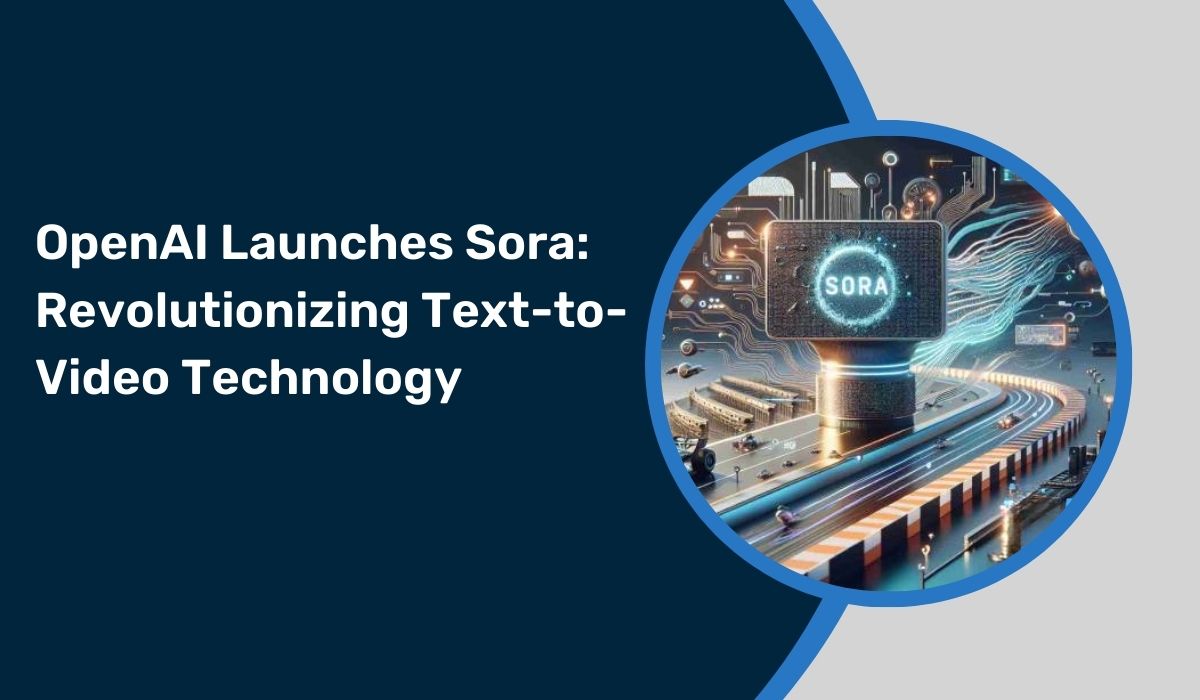
In recent developments, the landscape of AI video generation has witnessed remarkable progress. Google's demonstration of Lumiere, its TTV model capable of crafting 5-second video clips with remarkable coherence and motion, sparked enthusiasm just last month. However, the emergence of Sora, a groundbreaking AI model, has swiftly overshadowed Google's Lumiere with its impressive capabilities.Sora sets a new standard by producing high-fidelity videos, showcasing multiple scenes with simulated camera movements, all while closely adhering to intricate prompts. Notably, it can generate images, extend videos temporally, and even create videos based on single-image prompts. Its performance highlights the intricacies that AI typically struggles with but masters effortlessly, such as character coherence, image permanence, and accurate environmental changes.
The significance of Sora extends beyond its technical prowess; it marks a significant stride towards achieving Artificial General Intelligence (AGI). OpenAI views Sora as a cornerstone for understanding and simulating the real world, a crucial step towards AGI. Trained on extensive video and image datasets, Sora demonstrates emergent abilities in simulating various aspects of the physical world, hinting at a future where AI could interact with digital environments autonomously, without the need for physical embodiment. While its current availability is limited, the anticipation surrounding Sora's public release hints at potential disruptions across various industries, including the movie sector, as AI-driven innovations continue to redefine creative possibilities.